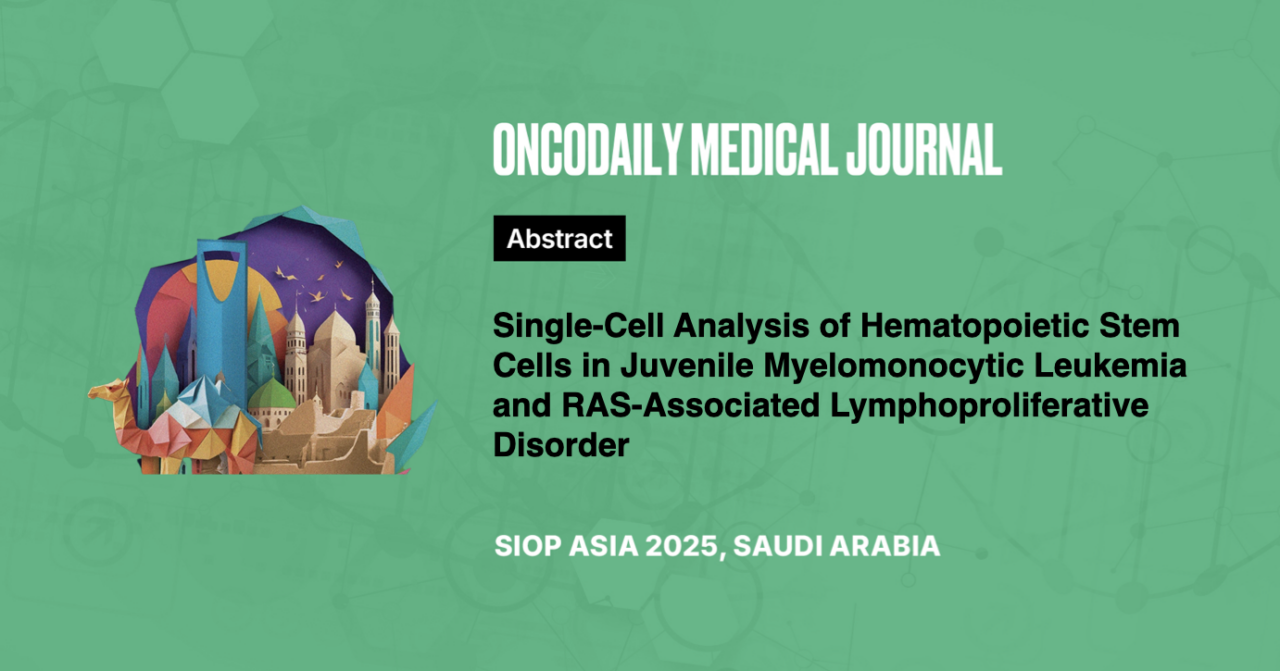Single-Cell Analysis of Hematopoietic Stem Cells in Juvenile Myelomonocytic Leukemia and RAS-Associated Lymphoproliferative Disorder
Abstract
Introduction: Juvenile myelomonocytic leukemia (JMML) and RAS-associated autoimmune lymphoproliferative disorder (RALD) are rare pediatric diseases with overlapping clinical and molecular features. Accurate differentiation is crucial for treatment decisions. We investigated clonal architecture of hematopoietic stem cells (HSCs) in JMML and RALD using single-cell sequencing, aiming to identify diagnostic criteria and deepen understanding of their relationship.
Methodology: CD34+ HSCs were sorted from two JMML patients and subjected to single-cell DNA sequencing (Tapestri, MissionBio, USA). To confirm the findings, the patient cohort was expanded with five RALDs and two JMMLs (for controls) (all was sorted HSC) and analysed by bulk DNA sequencing. Single-cell RNA sequencing (scRNA-seq) (10X Genomics, USA) was performed on one JMML and one RALD (lacking RAS-pathway mutations in HSCs), and compared with three healthy pediatric bone marrow scRNA-seq datasets from public sources.
Results: Both JMML patients exhibited residual normal HSCs. One JMML case lacked detectable driver mutations in HSCs, suggesting a potential misdiagnosis of RALD. We tested our findings on a group of 5 RALDs and 2 JMMLs. In the RALD cohort, three cases showed no HSC involvement, while two resembled JMML, likely misclassified as RALD. Transcriptomic analysis by scRNA-seq revealed distinct HSC profiles for JMML and RALD compared to healthy controls. However, no significant differences were found between JMML and RALD HSCs, indicating shared pathophysiological features.
Conclusion: Our findings underscore the importance of clonal architecture of HSCs in differentiating JMML and RALD. The presence of RAS-pathway mutations in HSCs may help in making an accurate diagnosis.This approach has implications for refining diagnostic algorithms and improving treatment strategies for these overlapping diseases. However, these diseases share common features in the transcriptional profiles of HSCs, indicating that they are biologically similar.





